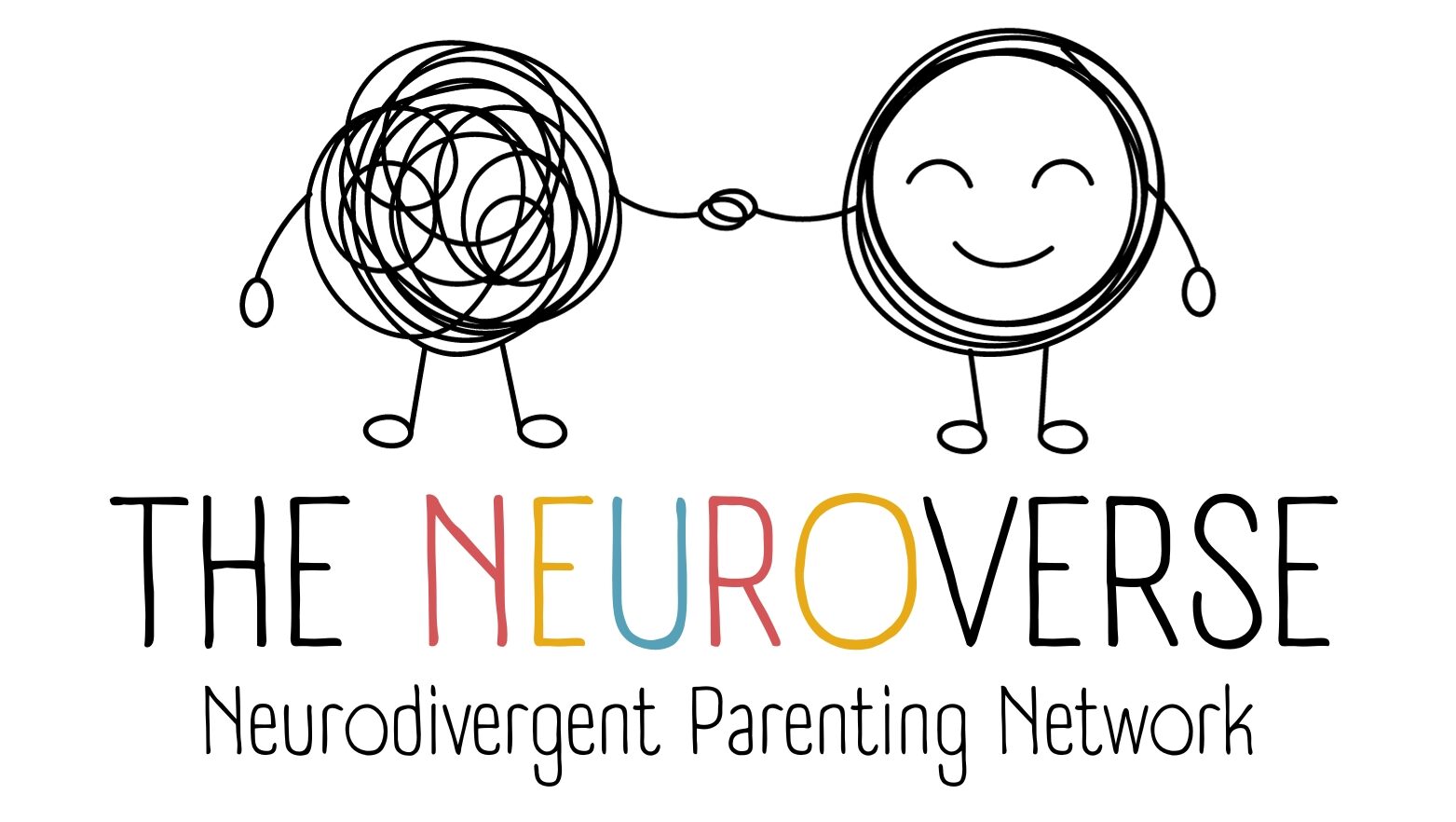A Guide to neurodiversity A.C.R.O.N.Y.M.S

In today’s world, the conversation surrounding neurodiversity has become more prominent, as we strive to better understand and support individuals who think, learn, and experience the world differently. With the rise in awareness has come a wealth of terminology and acronyms, many of which can be overwhelming to navigate for parents, educators, and even professionals!
As you explore this guide, please remember that these acronyms are meant to foster understanding, not reduce individuals to labels. Sensitivity is key, and it’s important to approach each term with the awareness that behind every acronym is a unique person with their own experiences and challenges.
Let’s dive in!
General Neurodivergence-Related Acronyms:
- ND – Neurodivergent
- NT – Neurotypical
- NLD/NVLD – Nonverbal Learning Disability
Neurodiversity Acronyms:
- ASD – Autism Spectrum Disorder
- HFA – High-Functioning Autism*
- LFA – Low-Functioning Autism*
- PDD-NOS – Pervasive Developmental Disorder-Not Otherwise Specified (now part of ASD)
- AD/AS – Asperger’s Disorder/Syndrome (now part of ASD)
- SCD – Social Communication Disorder
- PDA – Pathological Demand Avoidance
- 2E – Twice Exceptional
- ADHD – Attention-Deficit/Hyperactivity Disorder
- ADD – Attention-Deficit Disorder**
* Please note, these terms are outdated as they are simplistic and unindicative of the difficulties some autistic people face.
** Please note: The use of ADD is outdated. The umbrella term is now ADHD and this includes the inattentive type
Specific Learning Disabilities:
- SLD – Specific Learning Disability
- LD – Learning Disability
- DYS – Dyslexia, Dysgraphia, Dyscalculia
- DCD – Developmental Coordination Disorder (sometimes referred to as Dyspraxia)
- SEN/SEND – Special Educational Needs/ Special Educational Needs and Disabilities
Communication Related Acronyms:
- SLI – Specific Language Impairment
- CAS – Childhood Apraxia of Speech
- AAC – Augmentative and Alternative Communication
Sensory Processing Acronyms:
- SPD – Sensory Processing Disorder
- SI – Sensory Integration (often used when describing an OT)
- SMD – Sensory Modulation Disorder
Mood and Behavior Acronyms:
- OCD – Obsessive-Compulsive Disorder
- ODD – Oppositional Defiant Disorder
- CD – Conduct Disorder
- DMDD – Disruptive Mood Dysregulation Disorder
Other Conditions:
- ARFID – Avoidant/Restrictive Food Intake Disorder
- TBI – Traumatic Brain Injury
- PTSD – Post-Traumatic Stress Disorder
- GAD – Generalized Anxiety Disorder
- BPD – Borderline Personality Disorder
- MDD – Major Depressive Disorder
- BPD – Bipolar Disorder
- VI – Visual Impairment
Other Disabilities:
- IDD – Intellectual and Developmental Disabilities
- FASD – Fetal Alcohol Spectrum Disorders
- CP – Cerebral Palsy
- DS – Down Syndrome
Associated Therapies, Supports and Assessments:
- ABA – Applied Behavior Analysis
- CBT – Cognitive Behavioral Therapy
- OT – Occupational Therapy
- PT – Physical Therapy/Physiotherapist
- SLP – Speech-Language Pathology
- WISC-V – Wechsler Intelligence Scale for Children® Fifth Edition
- Ed Psych – Educational Psychologist
- IEP – Individual Education Plan
- DSM-5 – The Diagnostic and Statistical Manual of Mental Disorders, Fifth Edition
- GARS-3 – Gilliam Autism Rating Scale, Third Edition
- SGDA – Stark-Griffin Dyslexia Assessment
- ICD – International Statistical Classification of Disease and Related Health Problems
Let us know if there’s anything else you’d like to add!



Hi
Great acronym buster, please include APD, Auditory Processing Disorder😊